Australia’s Great Barrier Reef is about to die

The world’s largest coral reef is threatened by climate change
The world’s largest coral reef is threatened by climate change
The world’s largest coral reef is 25 million years old and one of the seven wonders of the natural world. In 1981, this complex ecosystem was listed by UNESCO as a World Heritage Site. It is larger than the Great Wall of China and the only living thing on earth visible from space. However, Australia’s Great Barrier Reef is about to die, suffering from bleaching as the waters get warmer and warmer due to climate change. Just last April, Australia’s government raised the bleaching threat for its most famous natural landmark to the highest level. Leading environmental writer Rowan Jacobsen even published a symbolic obituary for it in October in order to increase awareness.
Coral bleaching
When water is too warm for too long, the corals that live in it start to bleach. The coral polyps get stressed and spit out the algae that live inside them. The algae provides the coral with 90% of its energy, so without it, the coral begins to starve and its flesh becomes transparent, revealing the stark white skeleton beneath. Unless the temperatures quickly return to normal, the coral dies and gets taken over by a blanket of seaweed. Another factor is the water’s acidity: as the concentration of CO2 in the atmosphere rises due to fossil fuel emissions, more of the gas is dissolving in the ocean, resulting in more acidic water (of lower pH), which can make it harder for reef-building organisms to construct their hard skeletons. Even so, the coral can recover during the next decade, if the reef is not hit by other stressors such as water pollution.
The damage in numbers
The Great Barrier Reef begins in the subtropical waters of Hervey Bay in Queensland, about 200 km north of Brisbane, stretching up the eastern coast of Australia, and stopping off the coast of Papua New Guinea. It is home to 1,600 species of fish, 130 types of sharks and rays, and more than 30 species of whales and dolphins. About 2 million people visit it each year and together they contribute almost $6bn to the Australian economy.
According to the report from the ARC Centre of Excellence for Coral Reef Studies, as much as 93% of the 2,300 km (1,429 miles) reef suffers from some level of bleaching. ‘The bleaching is extreme in the 1,000 km (600 mile) region north of Port Douglas all the way up to the northern Torres Strait between Australia and Papua New Guinea’, says Andrew Baird of the ARC Centre. ‘At some reefs, the final death toll is likely to exceed 90%. When bleaching is this severe, it affects almost all coral species, including old, slow-growing corals that once lost will take decades or longer to return’, he adds.
The bleaching is at its worst in the northern third of the reef, which is one of the country's most important tourist sites. Of the reefs surveyed in this sector, 81% are characterized as "severely bleached."
Bleaching: a phenomenon that went global
In the past, bleaching was a rather rare phenomenon. The first recorded bleaching was in 1911 in the Bird Key Reef of the Florida Keys, during a period of calm, hot weather and another one was reported in the Great Barrier Reef in 1929. Until 1979, there were only two or three reports globally, but that year widespread bleaching was observed throughout the Caribbean and the Florida Keys. The term “mass bleaching” was coined, as bleaching would now smash large regions, not just isolated stretches of coral. Every year since then, bleaching has been reported somewhere in the world, often on a regional scale.
Key bleaching events. Sources: Berkelmans et al (2004), Goreau and Hayes (1994), Williams and Bunkley-Williams (1990)
Sources: 1998 and 2002 data from Aims, the ARC Centre of Excellence for Coral Reef Studies
Media
Want to read more like this story?
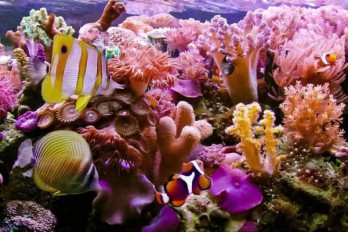
Chemical-based sunscreens to be banned in Hawaii by 2018
Oct, 14, 2016 | NewsThe substance Oxybenzone has been found to have toxic effects on young corals causing endocrine disr...

Revolutionary 3D-Printed Clay Reefs Enhance Biodiversity in the Maas River
Jul, 10, 2024 | NewsInnovative Solution for Erosion Control Rijkswaterstaat is implementing a groundbreaking solution...

3D-printed ceramic helix structures aid reef recovery and coastal resilience
Oct, 03, 2025 | NewsResearchers at the University of Hawaiʻi at Mānoa have developed and field-tested novel 3D-printed...

This giant steel kraken was purposely sunk with an old WW2 ship, to create an artificial coral reef
Oct, 24, 2017 | NewsThe project, titled BVI Art Reef, is located near the British Virgin Islands The project, titled BV...
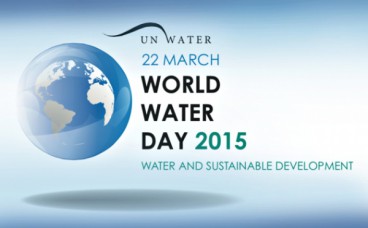
March 22nd is World Water Day!
Mar, 22, 2015 | NewsSince 1993, the United Nations has designated March 22nd of each year as World Water Day, a day dedi...
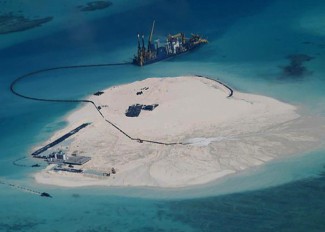
The politics of offshore construction in the South China sea
Oct, 06, 2014 | NewsA special report by BBC describes the territorial fight in the South China Sea between the neighbori...
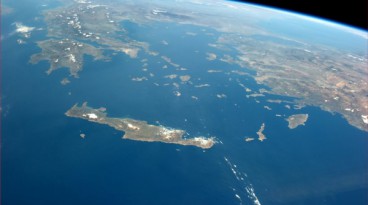
Horror Scenario For Coastal Areas
Jul, 29, 2015 | NewsClear warning from scientists, who note that the sea level rise may not be avoided even if the gover...
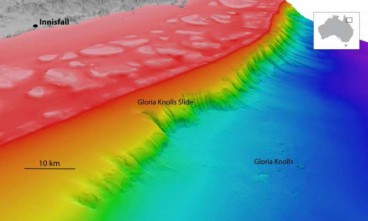
Ancient submarine landslide discovered at the Great Barrier Reef in Australia (video)
Feb, 22, 2017 | NewsRemnants of a landslide, known as the Gloria Knolls Slide, were discovered by scientists 75 km off t...
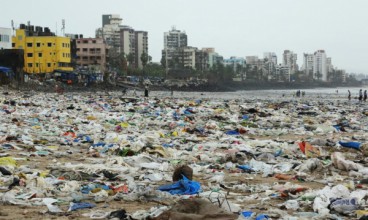
Indonesia pledges $1 billion annually to tackle ocean pollution
Mar, 22, 2017 | NewsThe country is the second largest plastic polluter in the world after China The country is the se...
Trending

Vertical gardens in Mexico City to combat pollution

Saudi Park Closed After 360 Big Pendulum Ride Crashes to Ground, 23 injured

Characteristics of Load Bearing Masonry Construction

Taipei 101’s impressive tuned mass damper

Dutch greenhouses have revolutionized modern farming

Federal court rules Biden’s offshore drilling ban unlawful


